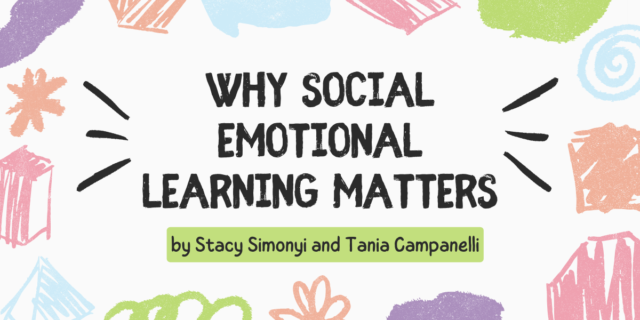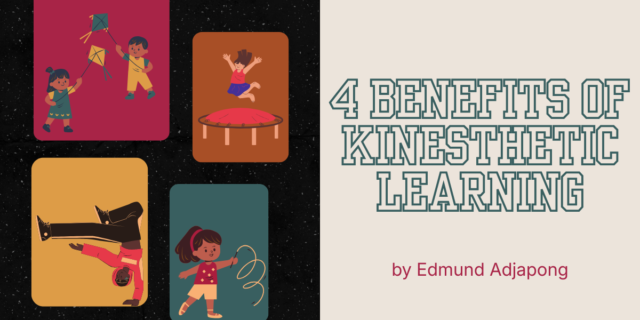
Question 5: Recognize the Attention-Getters
- What in this content is meant to grab and keep your attention?
- What illustrations are used?
- How are the illustrations organized?
- How are the text and fonts arranged?
- What parts act as clickbait?
Introducing This Reading Response to Students
Attention-getters proliferate in almost every space outside of school. On television, online, on billboards—it seems that everything, everywhere is competing for our attention: pop-ups, advertisements, commercials, text crawling across the bottom of a broadcast, bright colors, large graphics, arrows, human faces looking surprised (or scared, or worried), and shocking images. When we help students realize this, instead of acting like it is healthy and natural, we can communicate to them that they can take back a little control.
You can start by asking students to work in small groups to brainstorm a list of everything that appears or pops up on websites that is trying to get their attention. If needed, this could be field experience homework one night. They should be able to identify large or grabby titles, sidebar advertisements, top-bar advertisements, email pop-up boxes, cookie acceptance boxes, and subscription pop-ups, to name a few. Ask students what colors and fonts are used and if the graphics are moving. Then ask them to apply the same lens to other media they encounter, such as television, billboards, and print. In a larger discussion, ask: “What is the purpose behind all of these? What do titles or advertisements want us to do [read, click, enter an email, take a survey, and so on], and why do they want that? Why is one’s attention valuable to companies or people?”
This category is designed for anything in print or online that students feel is trying to attract them. Students will apply it in different ways, and any interaction with this category is beneficial, as it will help them hone their awareness of the constant barrage of ads, pop-ups, and distractors.
Student Examples
Recognize the Attention-Getters for Athleta.com, by Lauren (grade 10)
While I was online shopping recently I noticed that shopping websites often put their sales in big letters and on the home page. On Athleta’s website it says, “WAREHOUSE SALE UP TO 60% OFF.” This is very attention grabbing for someone who is browsing the website. The 60% intrigues them into looking more and possibly even buying something on sale. There is one catch on this quote, as it says “up to.” It is deflating when you have found something that you like and it’s not 60% and only 25% off. This often happens to me in emails as well when they are trying to get me to go onto their website and buy something. [TEXT: ATHLETA N.D.]
Recognize the Attention-Getters for “Time Running Out on Rodgers Trade Between ‘In-Fighting’ Packers, Jets,” by Evan (grade 10)
This article is all about the updates on the situation of the Aaron Rodgers trade. However, nothing new is really happening, so the article should not get any attention. However, in order to generate attention, the article uses an attention grabber to get people to read the article. For this article, the attention grabber is the title, which is, “Time Running Out on Rodgers Trade”. This creates a sense of urgency, and makes you think that we are nearing the end of the trade. However the article provides little to no evidence whatsoever to really back up this claim. [TEXT: HUBER 2023]
First, Respond to the Student
While Lauren and Evan described emotional responses, both of them were ready to discuss what the texts had done to evoke their emotions, so we moved to critical analysis. If they had been distracted by the frustration the texts had elicited, I would have needed to help them trace their frustrations to the source—the attention-grabbers.
Then, Develop Critical Consciousness
Lauren detected a common tactic used by companies: the “up to” sale. I wanted her to analyze it from a rhetorical perspective. It is logical, since it involves calculations, but it is also emotional, with the small dopamine rush of hope and excitement it brings. Naming these would help her cultivate an analytic mindset. Evan insightfully identified the intended urgency in the wording of his article’s title, but I wanted him to look even further: the site had ads at the top, a game schedule at the side, and pop-up videos about other stories. It was designed to make the viewer keep clicking. The title drew viewers in, and then other attention-getters made them stay. I wanted Evan to think about why.



